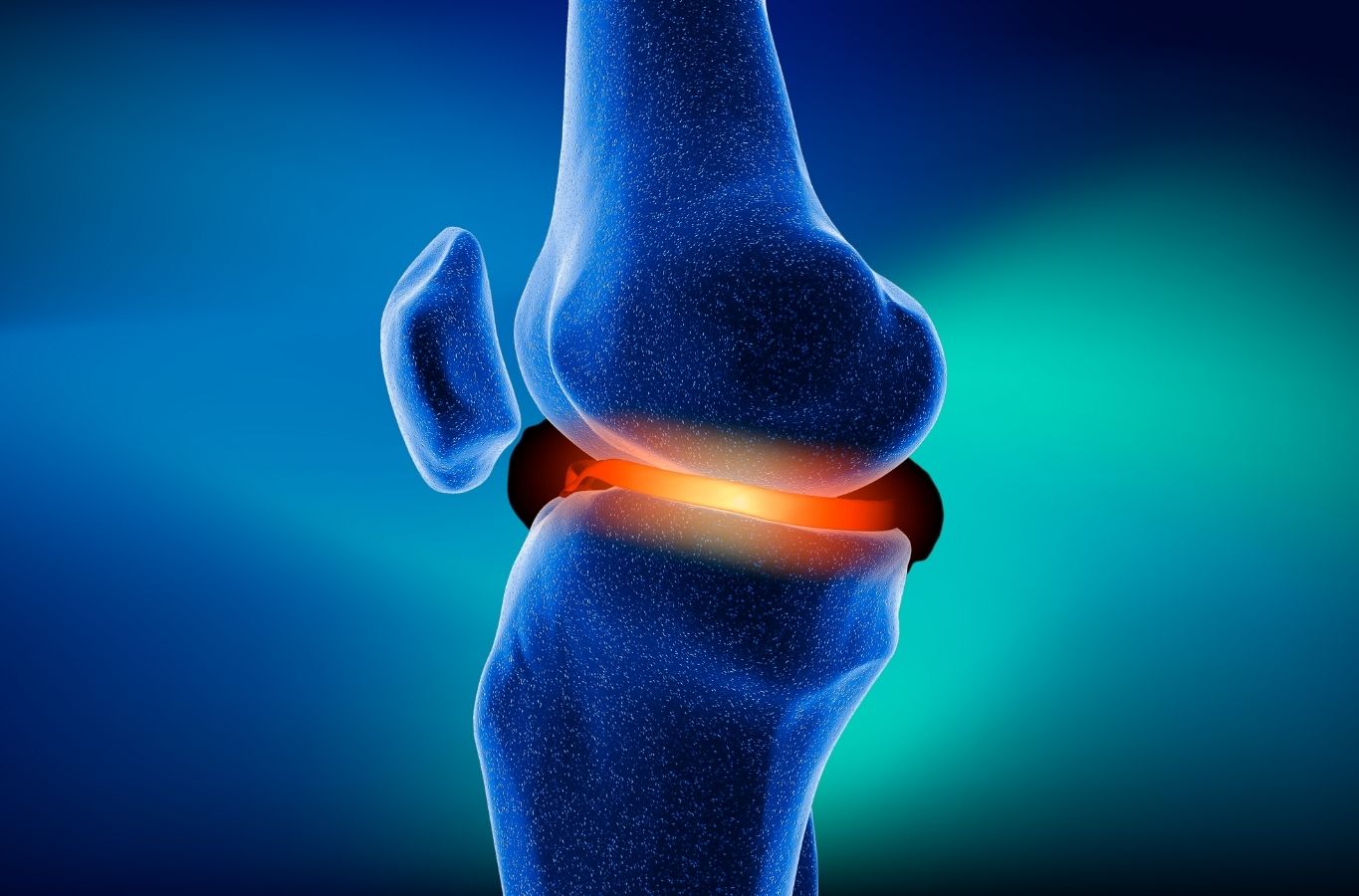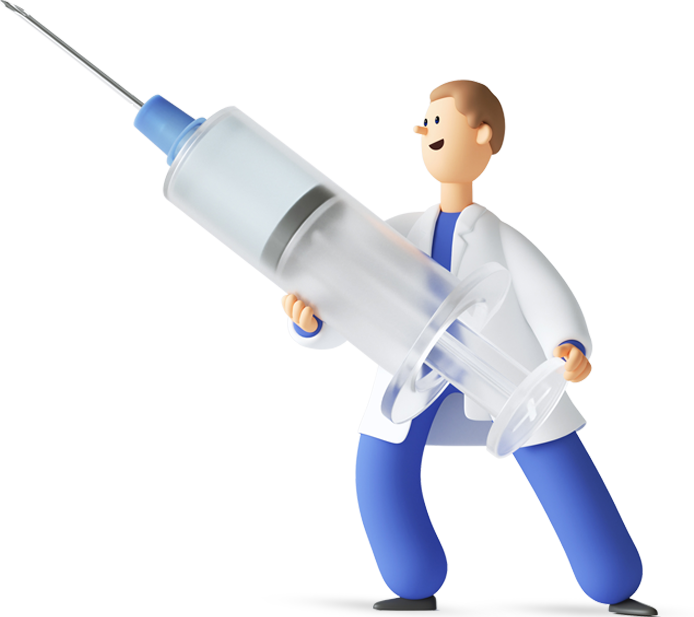
What is a Meniscus Tear?
Meniscus tear occurs as a result of damage to the cartilage structure called meniscus in the knee. This cartilage in the knee protects the bone, absorbs impacts and helps the knee to move flexibly. Meniscus tears are usually caused by factors such as sudden rotational movements, overload, sports activities and aging.
What are the Symptoms of Meniscus Tear?
The most common symptoms of a meniscus tear include knee pain, swelling, stiffness, a feeling of locking the knee, restricted movement and crunching sounds coming from the knee. It is important to consult a specialist when experiencing these symptoms.
How is a meniscus tear diagnosed?
To diagnose a meniscus tear, doctors usually assess the medical history, perform a physical examination and use advanced imaging methods (especially MRI). MRI plays an important role in the diagnosis by identifying damage to the meniscus tissue.

What is good for meniscus tear?
The methods applied in the treatment of meniscus tears are determined according to the size of the tear and the general health status of the person. In conservative treatment, methods such as rest, cold compresses, use of bandages and physiotherapy are preferred. Anti-inflammatory drugs can also help reduce pain. In advanced cases, arthroscopic surgery may be required; in this procedure, the damaged part of the meniscus is repaired or removed.
Meniscus Knee Brace
Meniscus knee braces increase the stability of the knee, relieve pain and support the healing process. Depending on the size and condition of the tear, it can be used with the doctor's recommendation.
Lateral and Medial Meniscus
The lateral meniscus (outer part) and medial meniscus (inner part) in the knee contribute to knee stability by absorbing impacts. These menisci may tear as a result of ageing, sports injuries or overload. If left untreated, pain, knee damage and the risk of developing osteoarthritis can increase.
- Tags:
- knee joint
- bone
- meniscus


